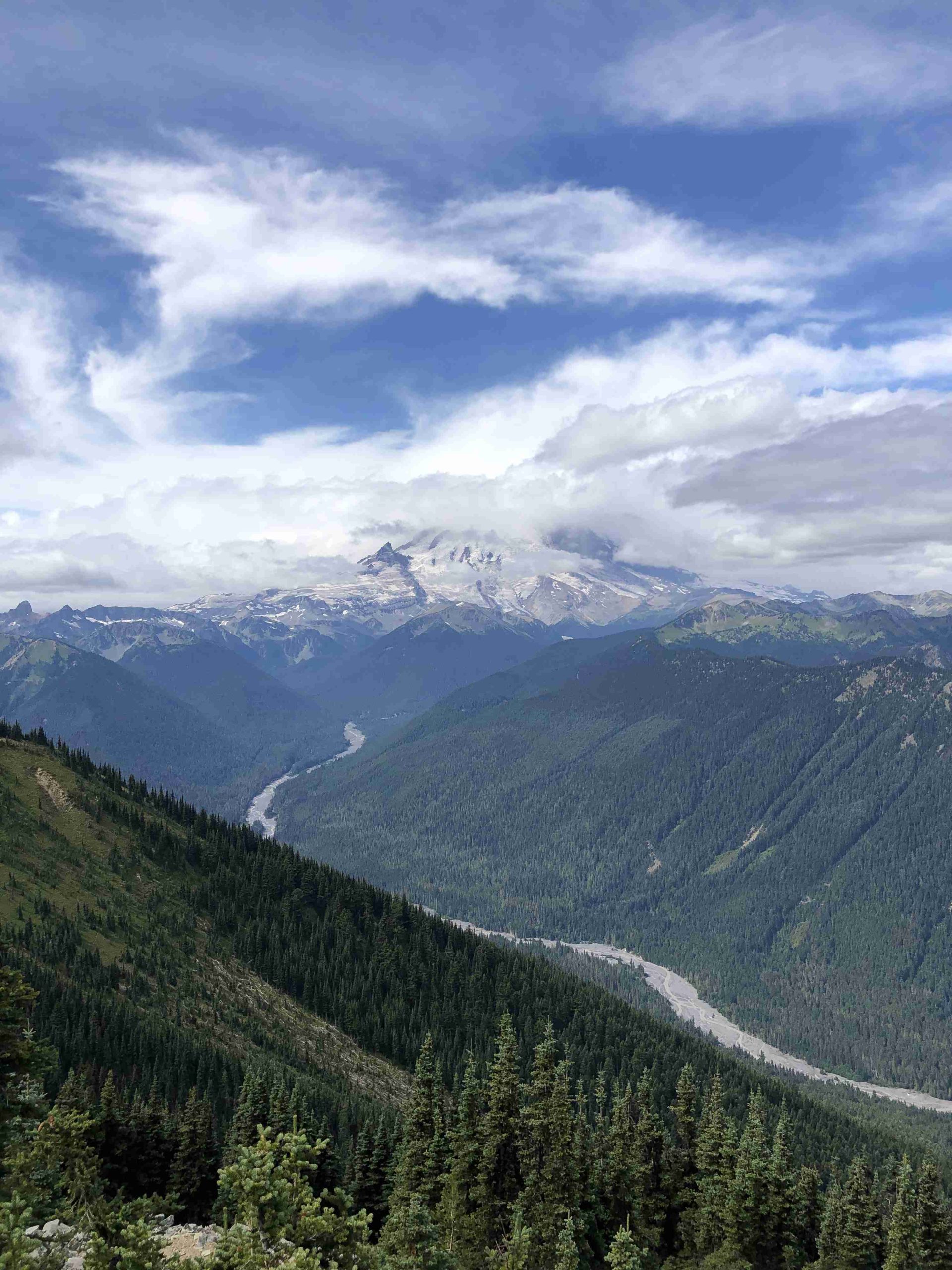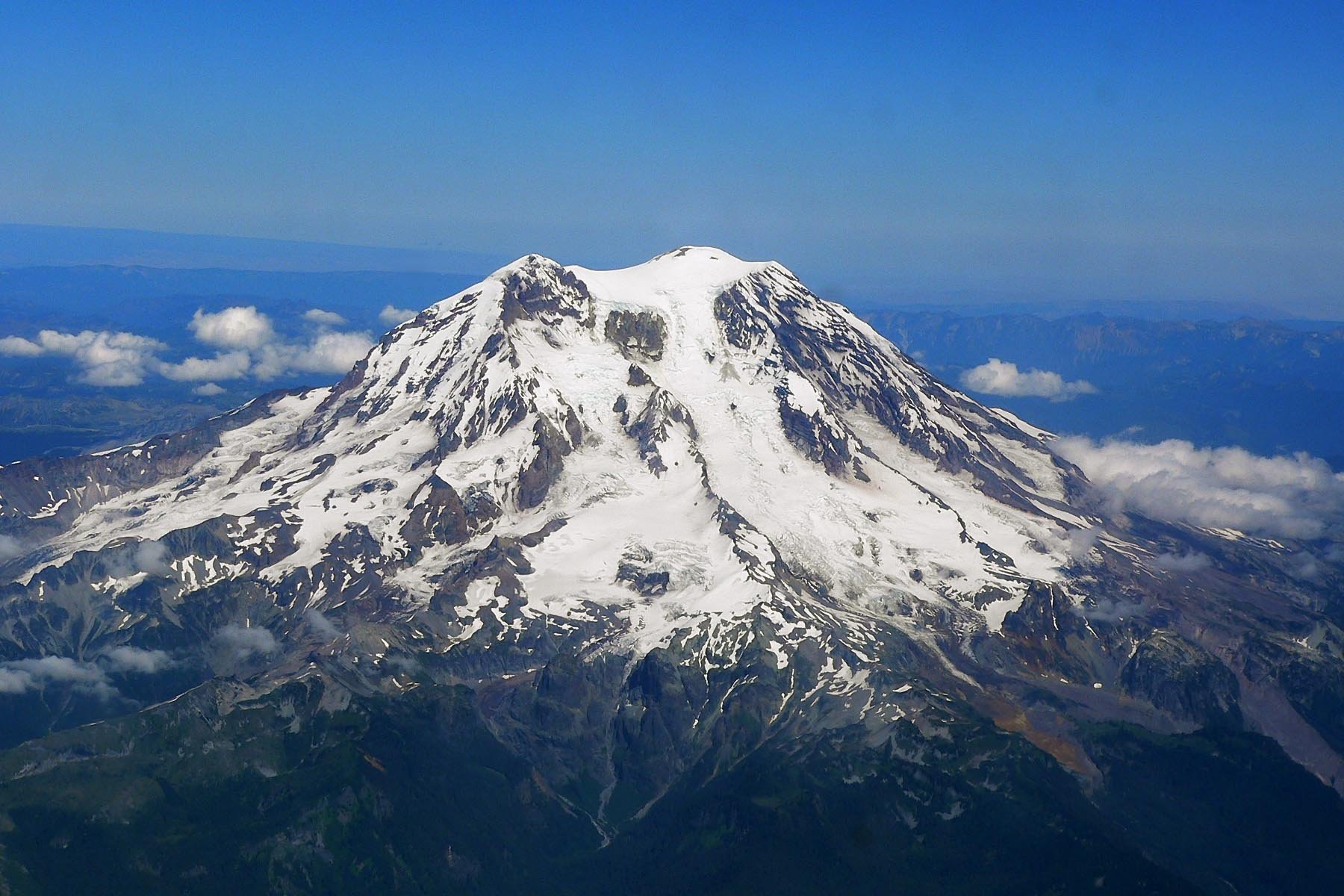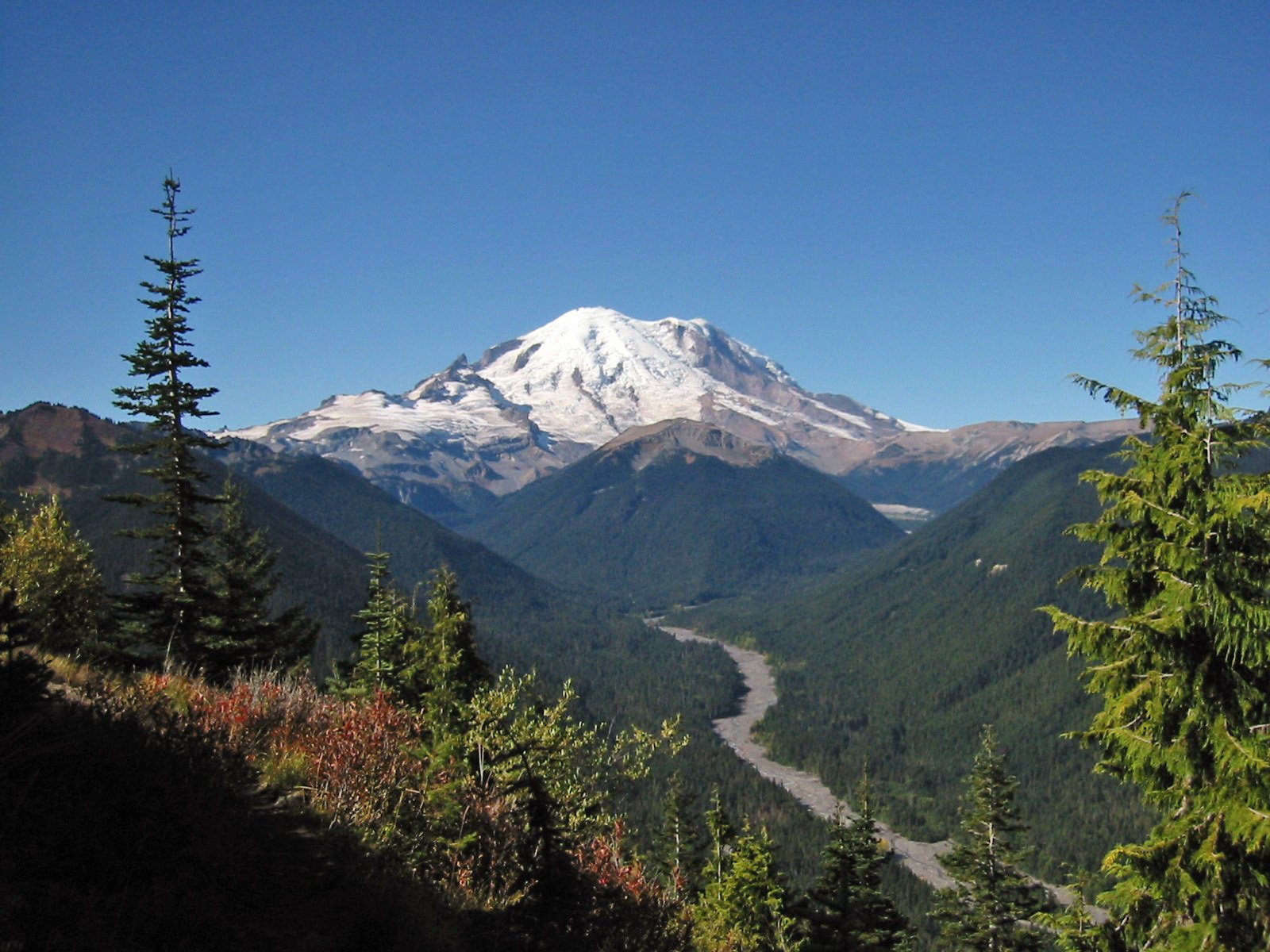Mount Rainier, standing at 14,411 feet, is the most glaciated peak in the contiguous United States and a popular destination for mountaineers. This guide provides comprehensive information on climbing routes, conditions, permits, and logistics for those seeking to conquer this iconic American mountain. Whether you’re a seasoned climber or a novice adventurer, understanding the challenges and requirements of climbing Mount Rainier is crucial for a safe and successful ascent.
What Are the Main Climbing Routes for Mount Rainier?

Mount Rainier offers several climbing routes, each with its own unique challenges and characteristics. Here are the three most popular routes:
- Disappointment Cleaver Route
- Most popular and standard route
- Starts from Paradise
- Elevation gain: ~9,000 feet
- Technical difficulty: Grade IV
-
Estimated time: 1-3 days
-
Emmons Glacier Route
- Starts from White River trailhead
- Elevation gain: ~10,000 feet
- Technical difficulty: Grade IV
-
Estimated time: 2-4 days
-
Liberty Ridge Route
- Most challenging and dangerous route
- Starts from Glacier Basin Trail
- Elevation gain: ~11,500 feet
- Technical difficulty: Grade IV
- Estimated time: 3-4 days
What Are the Current Summit Conditions?

Summit conditions on Mount Rainier can vary greatly depending on the season and recent weather patterns. Climbers should always check the most current information before attempting an ascent. Key factors to consider include:
- Weather forecasts
- Snowpack levels
- Potential hazards (crevasses, avalanches, rockfall)
- Temperature and wind conditions
It’s essential to consult the official Mount Rainier National Park website or contact park rangers for the most up-to-date information.
How Do I Obtain a Climbing Permit?
To climb Mount Rainier, you must obtain a climbing permit. Here’s what you need to know:
- Cost: $51 per person, plus park entrance fee
- Application: Through Mount Rainier National Park website
- Recommended: Apply well in advance, especially for peak season
- No specific quota system, but permits are required
What Are the Total Elevation Gain and Trailhead Access Details?
| Route | Trailhead | Elevation Gain | Parking | Transportation |
|---|---|---|---|---|
| Disappointment Cleaver | Paradise Visitor Center | ~9,000 feet | Available at visitor center | Drive to Paradise (19 miles from Nisqually Gate) |
| Emmons Glacier | White River trailhead | ~10,000 feet | Available at trailhead | Drive to White River trailhead |
| Liberty Ridge | Glacier Basin Trailhead | ~11,500 feet | Available at trailhead | Drive to Glacier Basin Trailhead via Carbon River Road |
What Equipment Is Necessary for Climbing Mount Rainier?
Proper equipment is crucial for a safe and successful climb. Essential gear includes:
- Mountaineering boots
- Crampons
- Ice axe
- Helmet
- Harness
- Ropes and carabiners
- Warm, layered clothing
- Sleeping bag and tent (for multi-day climbs)
- Food and water
- First aid kit
- Navigation tools (map, compass, GPS)
How Should I Prepare Physically for the Climb?
Physical preparation is key to successfully climbing Mount Rainier. Here’s a recommended training regimen:
- Cardiovascular endurance: Regular aerobic exercises like running, cycling, or swimming
- Strength training: Focus on leg and core strength
- Hiking with a weighted pack: Gradually increase distance and weight
- Practice on similar terrain: If possible, train on snow and ice
- Altitude acclimatization: If feasible, spend time at higher elevations before the climb
Aim to start training at least 3-6 months before your planned climb date.
What Are the Best Times of Year to Climb Mount Rainier?
The climbing season on Mount Rainier typically runs from May to September, with peak season being July and August. Here’s a breakdown:
- May-June: Good snow conditions, but potential for unstable weather
- July-August: Most stable weather, but more crowded
- September: Less crowded, but potential for early snowfall
Choose your climbing time based on your experience level and weather preferences.
What Are the Risks and Safety Considerations?
Climbing Mount Rainier involves significant risks. Be aware of:
- Crevasse falls
- Avalanches
- Rockfall
- Extreme weather changes
- Altitude sickness
- Navigation errors
To mitigate these risks:
– Climb with experienced partners or a guided group
– Stay informed about current conditions
– Know your limits and be prepared to turn back if necessary
– Carry appropriate safety gear and know how to use it
How Can I Minimize Environmental Impact While Climbing?
As a climber, it’s crucial to practice Leave No Trace principles:
- Pack out all waste, including human waste in designated bags
- Stay on established routes to minimize impact on vegetation
- Respect wildlife and maintain a safe distance
- Use established campsites when possible
- Properly dispose of wastewater away from water sources
By following these guidelines, you help preserve Mount Rainier for future generations of climbers and nature enthusiasts.
Climbing Mount Rainier is a challenging but rewarding experience that requires thorough preparation, proper equipment, and respect for the mountain environment. By understanding the routes, conditions, and requirements, climbers can embark on this adventure with confidence and safety.

